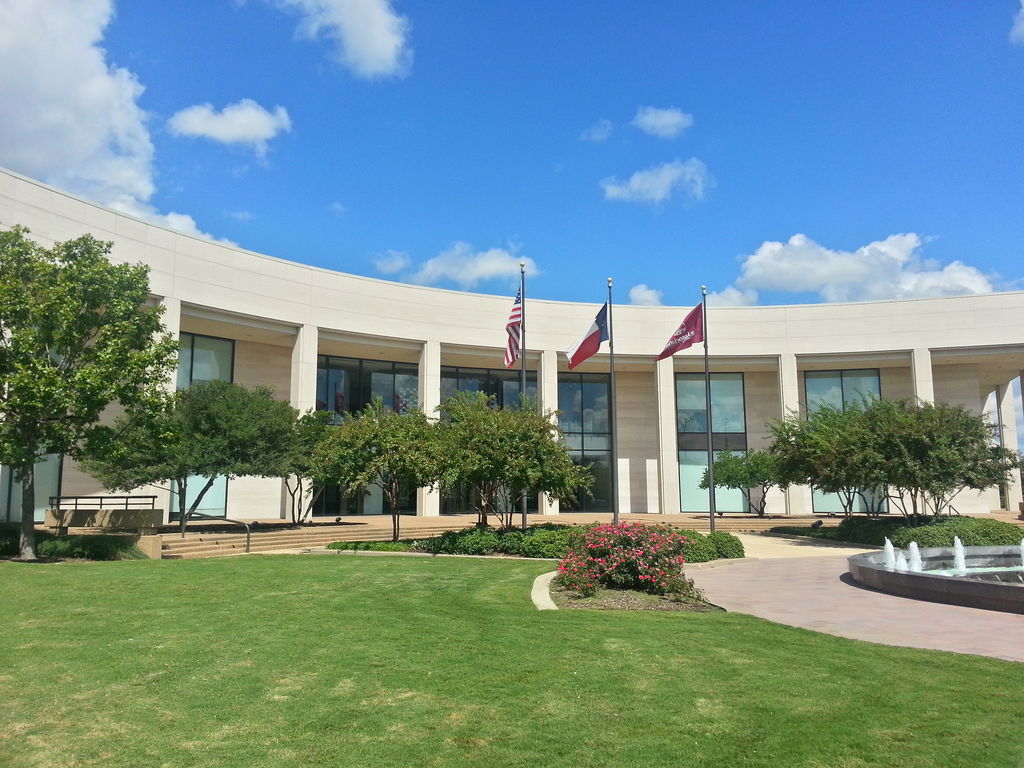Nestled in the heart of Texas, College Station stands as a vibrant hub of education, culture, and innovation. While primarily known for being the home of Texas A&M University, the city has a rich history that stretches far beyond its academic reputation. From its humble beginnings as a railroad town to its current status as a bustling center of activity, College Station’s evolution is a testament to the enduring spirit of community and progress.
The Railroad Roots
College Station’s story begins in the late 19th century with the arrival of the Houston and Texas Central Railway. In 1860, the railroad company purchased land in the Brazos Valley with the intention of constructing a rail line connecting Houston and Dallas. A small depot was established at the site, initially known as “College Station” due to its proximity to the Agricultural and Mechanical College of Texas (now Texas A&M University).

Growth and Development
The presence of the railway spurred growth in the area, attracting settlers and businesses seeking new opportunities. By the turn of the 20th century, College Station had evolved into a bustling community with thriving agriculture, commerce, and education sectors. The establishment of Texas A&M University in 1876 further fueled the city’s development, bringing a steady influx of students, faculty, and researchers to the area.
Texas A&M University: A Pillar of Excellence
As one of the largest and most prestigious universities in the nation, Texas A&M University has played a pivotal role in shaping the identity and culture of College Station. Founded as the state’s first public institution of higher education, Texas A&M has a storied history of academic excellence, research innovation, and service to the community. The university’s sprawling campus, adorned with historic buildings and modern facilities, serves as a beacon of knowledge and inspiration for generations of Aggies and visitors alike.

Cultural Heritage and Community Spirit
Beyond its academic accolades, College Station boasts a vibrant cultural scene and a strong sense of community pride. The city’s rich heritage is celebrated through various events, festivals, and landmarks that pay homage to its past while embracing its future. From the George Bush Presidential Library and Museum to the MSC OPAS cultural performances, there is no shortage of opportunities to immerse oneself in the arts, history, and traditions of College Station.

Embracing the Future
As College Station continues to grow and evolve, it remains committed to fostering innovation, sustainability, and inclusivity. The city’s strategic partnerships with industry leaders, research institutions, and community organizations ensure that it remains at the forefront of progress and prosperity. Whether it’s pioneering advancements in technology, revitalizing urban spaces, or championing social causes, College Station is poised to shape the future while honoring its past.
Conclusion
In conclusion, the history of College Station, TX, is a testament to the enduring spirit of resilience, growth, and community. From its humble beginnings as a railroad town to its current status as a dynamic center of education and culture, the city has undergone remarkable transformations while staying true to its roots. As we reflect on the past and look towards the future, one thing remains certain: College Station will continue to thrive as a beacon of excellence and opportunity in the heart of Texas.
Photos from City of College Station, Texas Railroad History























